Tim Dyson: Night Vision Photography
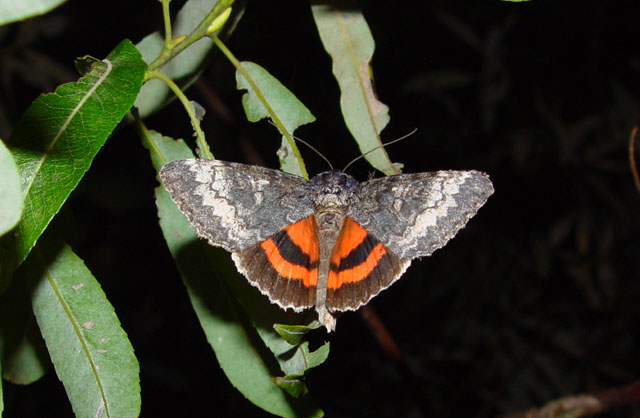

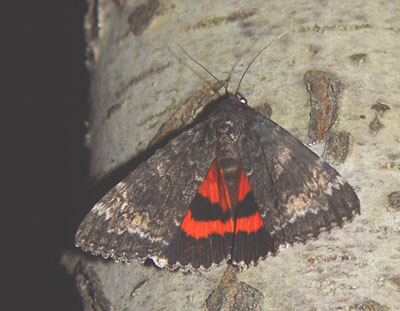 |
The dark upper wings with a distinct white to pale yellow
area between the post median line and the subterminal line help to determine this
species. |
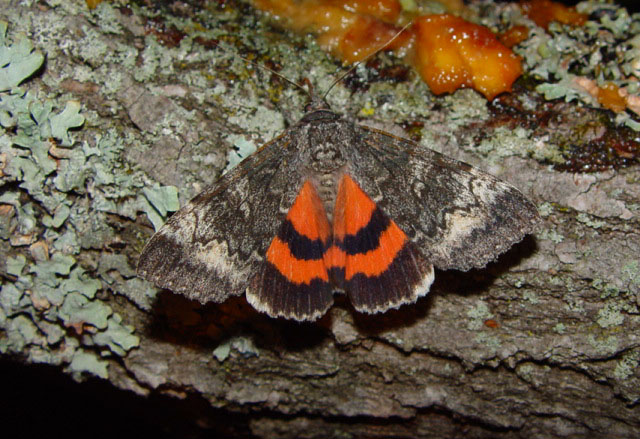
Catocala briseis, courtesy of Tim Dyson, copyright
Peterborough,
Ontario, August 16, 2004.
Like many of the willow/poplar feeders,
this species reponds well to a bait trail with larval hosts near by.
| 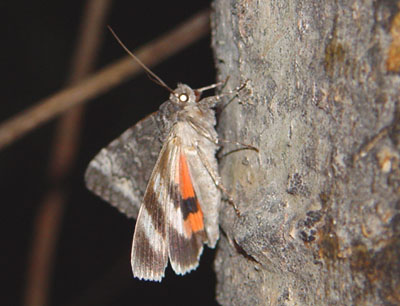 |
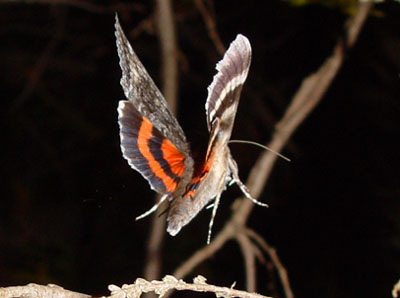 |
As of October 3, 2004, Catocala briseis is still on the wing.
|